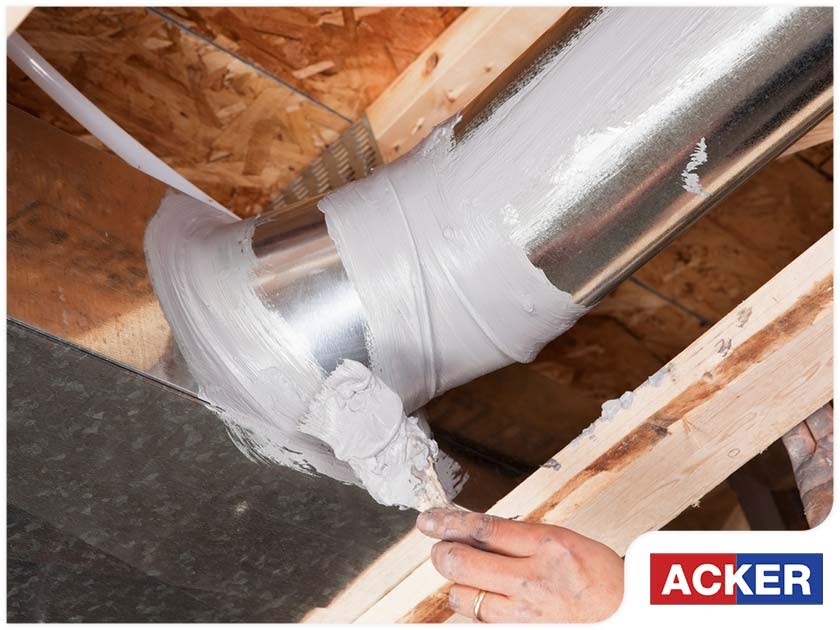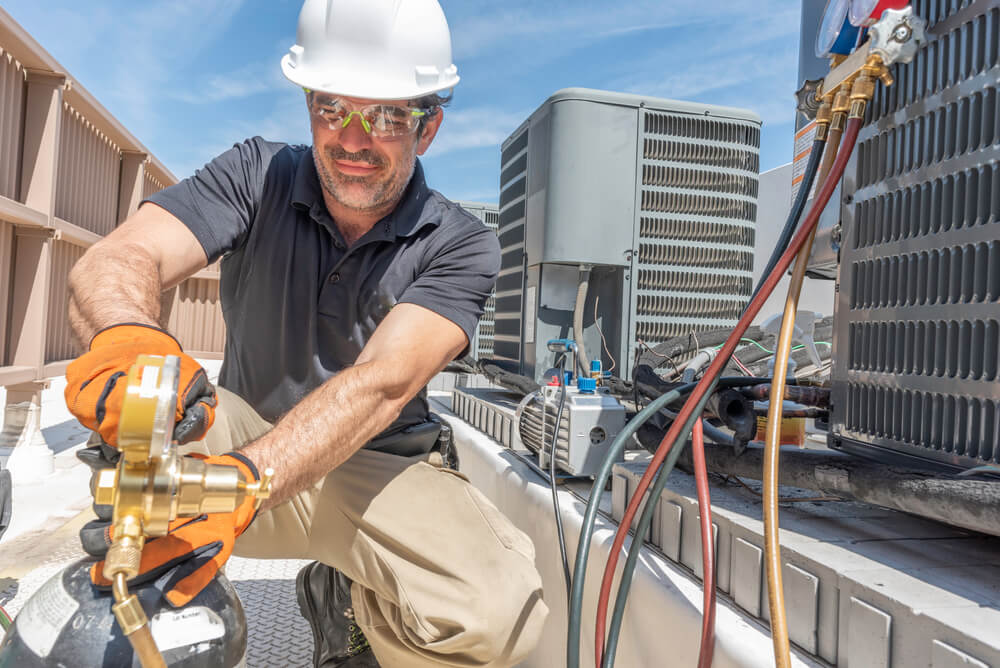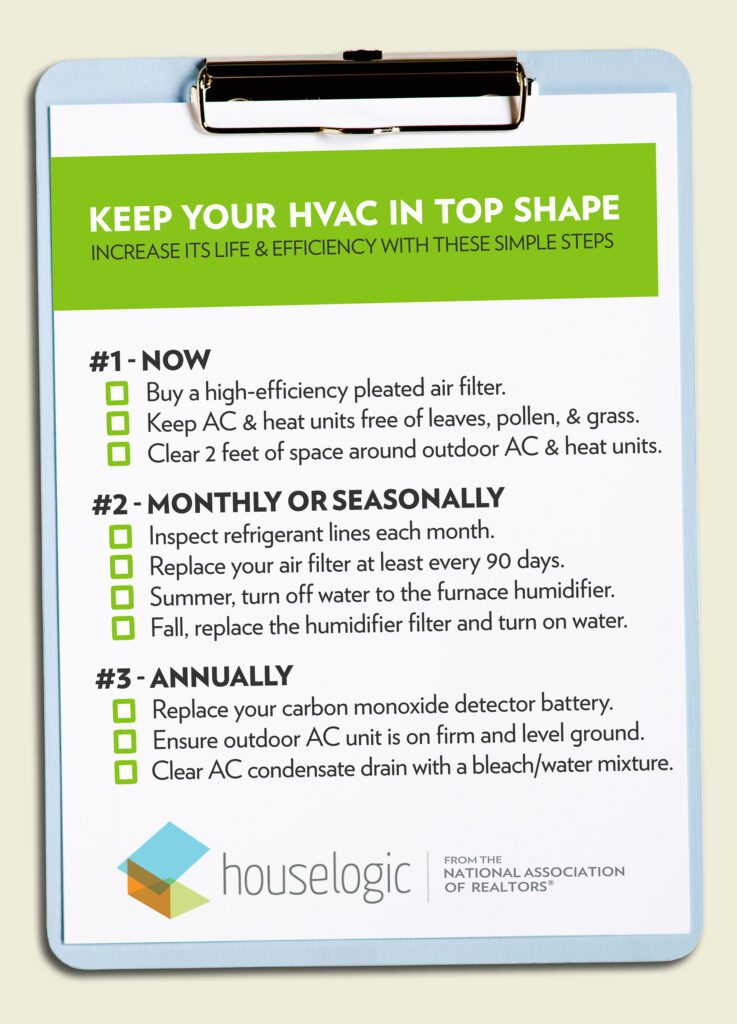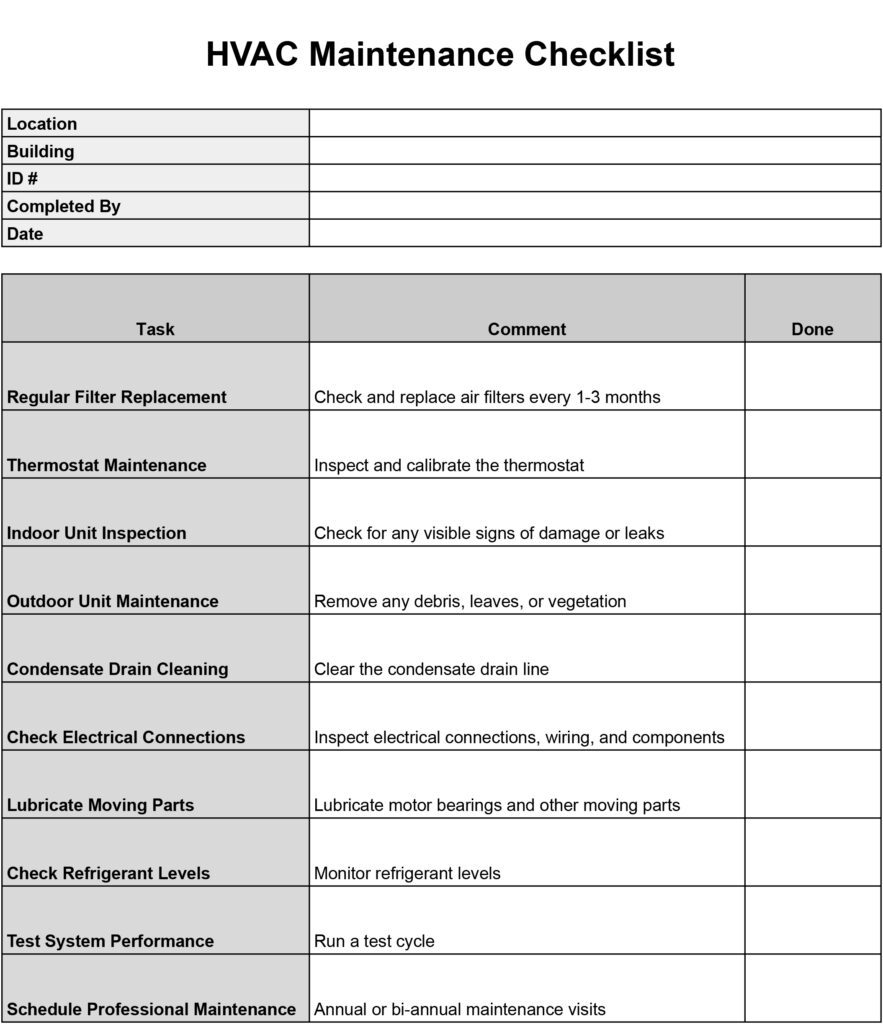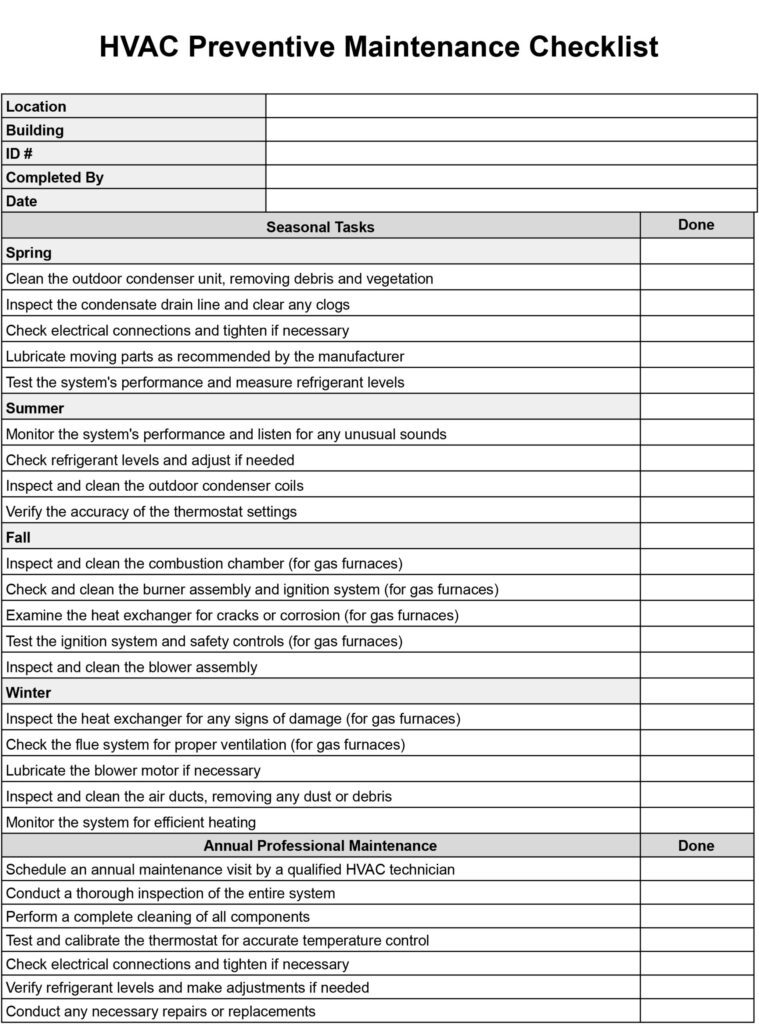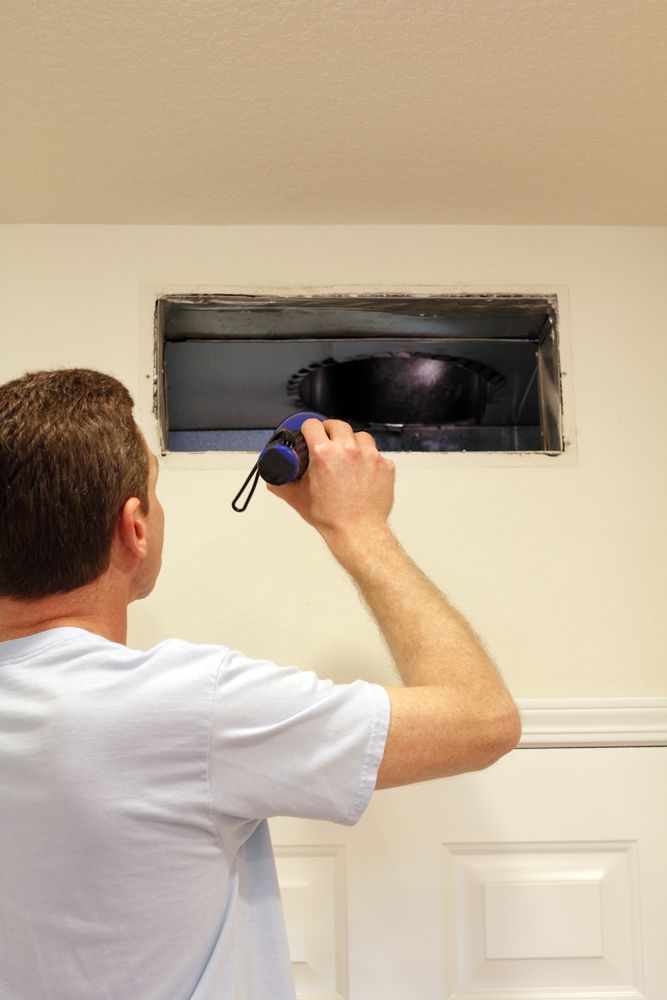If you’ve ever wondered whether your HVAC duct is leaking, this article is for you! Discover a simple yet effective way to determine if there’s any leakage in your ductwork. Whether you’re experiencing inconsistent temperatures or rising energy bills, finding out if your HVAC duct is leaking can help you identify and resolve the issue, ensuring optimal comfort and efficiency in your home. Say goodbye to guesswork and say hello to a more cost-effective and comfortable living environment. Let’s dive in! If you’ve been wondering about the signs of a leaking HVAC duct, you’re in the right place. HVAC duct leaks can lead to a variety of issues, including energy inefficiency, poor indoor air quality, and increased utility bills. In this article, we will explore the signs of a leaking HVAC duct, the common causes of leaks, methods to detect leaks, DIY fixes, and when it’s time to call a professional.
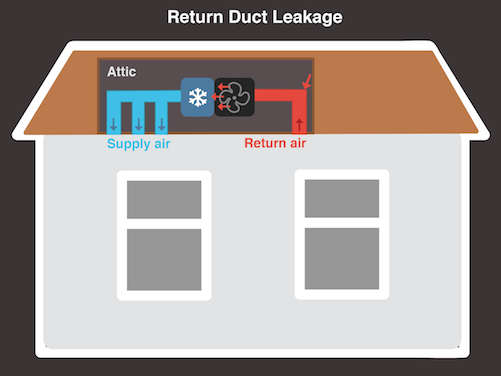

Signs of a Leaking HVAC Duct
Inconsistent Temperature Distribution
One of the first signs of a leaking HVAC duct is inconsistent temperature distribution throughout your home. If you notice that some areas are too warm while others are too cold, it’s likely that there is a duct leak causing the conditioned air to escape. This can lead to discomfort and an inefficient HVAC system.
Increased Energy Bills
Another indicator of a leaking HVAC duct is an unexplained increase in your energy bills. When the conditioned air escapes through leaks, your HVAC system has to work harder to maintain the desired temperature, resulting in higher energy consumption and increased utility costs.
Excessive Dust and Allergens
Leaking ducts can also contribute to excessive dust and allergens circulating in your home. When the air from outside infiltrates the duct system through leaks, it carries along with it dust particles, pollen, and other allergens. If you find that your home requires frequent dusting or if you or your family members experience worsening allergies, it may be due to duct leaks.
Visible Mold or Mildew
If you notice visible mold or mildew in your ductwork or near your vents, it is a strong indication of a leaking HVAC duct. Leaks can cause moisture to accumulate in the ducts, creating a favorable environment for mold and mildew growth. Not only can this worsen indoor air quality, but it can also pose health risks to you and your family.
Strange Smells
Another sign of a leaking HVAC duct is the presence of strange smells in your home. When outside air enters the duct system through leaks, it can carry odors from various sources such as smoke, exhaust fumes, or even adjacent rooms. If you consistently notice unpleasant odors that cannot be traced to specific areas, it’s likely that your ducts have leaks.
Whistling or Hissing Noises
Leaking ducts can produce audible signs such as whistling or hissing noises. When air escapes through small openings in the ductwork, it can create these sounds. If you hear such noises when your HVAC system is operating, it’s a good indication that you have duct leaks.
Clogged or Slow Airflow
If you experience reduced airflow from your vents, it could be a result of leaks in your HVAC duct. Leaks can disrupt the proper airflow and cause blockages due to debris and dirt being drawn into the system. If you notice weak or delayed airflow from your vents, it’s worth investigating whether duct leaks are the cause.
Water Damage
Leaking ducts can also lead to water damage in your home. When condensation forms on the outside of the ducts due to temperature differences, it can drip or accumulate, causing water damage to ceilings, walls, or other areas. If you notice water stains or damage near your vents, it’s essential to address the leaking ducts promptly to prevent further harm.
Higher Humidity Levels
Another consequence of leaking HVAC ducts is higher humidity levels in your home. Leaks can introduce moisture into the ductwork, which then spreads throughout your living space. Increased humidity can make your home feel uncomfortable and contribute to mold growth. If you consistently experience high humidity levels, it may be due to duct leaks.
Condensation Buildup
Condensation buildup on ducts or near vents is a clear sign of leaking ducts. When there are leaks in the ductwork, it can cause temperature fluctuations that result in condensation forming on the outside of the ducts. This condensation buildup can lead to moisture-related issues, including mold growth and damage to surrounding areas.
Now that we’ve covered the signs of a leaking HVAC duct, let’s explore the common causes of these leaks.
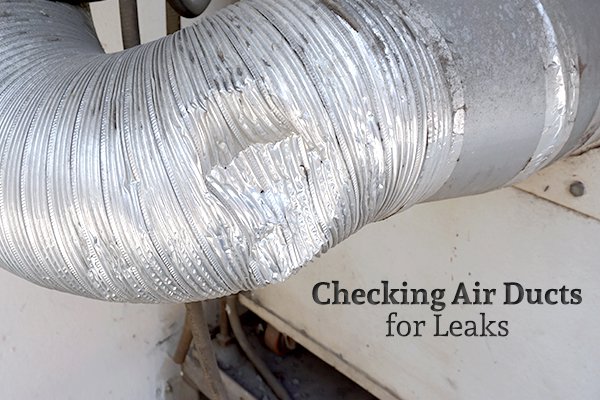

Causes of HVAC Duct Leaks
Poor Installation
One of the primary causes of HVAC duct leaks is poor installation. If the ductwork is not installed correctly, it can lead to gaps, loose connections, or improperly sealed joints. These installation errors create pathways for conditioned air to escape, reducing the efficiency of your HVAC system.
Age and Wear
Over time, HVAC ducts can deteriorate and develop leaks due to age and wear. The constant expansion and contraction of materials, exposure to varying temperatures, and the accumulation of dust and debris can weaken the ductwork, leading to leaks. Older homes with original ductwork are more susceptible to this issue.
Rodents or Pests
Rodents and pests are known to cause damage to HVAC ducts. Whether they chew through the ductwork or create openings to access your home, these critters can introduce leaks to your system. Identifying and addressing pest issues promptly is crucial to prevent further damage and ensure the integrity of your HVAC ducts.
Corrosion and Rust
If your HVAC ducts are made from metal, corrosion and rust can be a significant cause of leaks. Corrosion can eat away at the ducts, creating holes or weak spots. This can be more prevalent in areas with high humidity or where the ducts are exposed to moisture. Regular inspections and maintenance can help identify and address corrosion issues early on.
Improper Air Pressure Balancing
When the air pressure in your HVAC system is not balanced correctly, it can lead to leaking ducts. Improper air pressure can cause the ducts to expand or contract excessively, resulting in gaps or disconnecting joints. Ensuring proper air pressure balancing during the design and installation of your HVAC system is crucial to prevent leaks.
Ductwork Obstructions
Obstructions within the ductwork can also contribute to duct leaks. These obstructions can be in the form of debris, construction materials, or even pests. When the airflow is disrupted by these obstructions, it can cause pressure imbalances that lead to leaks. Inspecting and cleaning the ductwork regularly can help prevent these issues.
Extreme Temperatures
Extreme temperature conditions can cause HVAC duct materials to expand or contract, leading to leaks. In regions with extremely cold winters or hot summers, the constant fluctuation in temperature can put stress on the ductwork and compromise its integrity. Proper insulation and periodic inspections can help mitigate temperature-related duct leaks.
Vibration and Mechanical Stress
HVAC systems are subject to vibration and mechanical stress during operation. These vibrations can loosen connections and create gaps in the ductwork over time. Additionally, if the HVAC system is not mounted properly or if there are loose components, it can contribute to excessive vibration and damage to the ducts, resulting in leaks.
Deteriorated Seals or Connections
Seals and connections play a crucial role in maintaining the integrity of the HVAC ducts. However, seals can deteriorate over time, and connections can become loose, leading to leaks. Exposure to moisture, age, and wear can all contribute to the degradation of seals and connections. Regular inspections and maintenance can help identify and address these issues early on.
Neglected Maintenance
Lack of regular maintenance and inspections can also lead to HVAC duct leaks. Without proper care, issues such as debris buildup, corrosion, loose connections, and worn-out seals go unnoticed. Regular maintenance, including duct cleaning, can help prevent and detect leaks before they become major problems.
Now that you have an understanding of the common causes of HVAC duct leaks, let’s explore the different methods to detect these leaks.


Methods to Detect Leaks
Visual Inspection
Visual inspection is a simple yet effective method to detect HVAC duct leaks. Inspect your ductwork for visible signs of damage, such as gaps, disconnected joints, or cracks in the ducts. Look for signs of condensation, water stains, or mold growth as they can indicate leaking ducts.
Smoke Test
A smoke test involves introducing smoke into the HVAC system to detect leaks. The smoke is blown into the ductwork, and any areas where the smoke escapes indicate the presence of leaks. This method requires professional expertise and should be performed by an HVAC technician.
Pressure Testing
Pressure testing involves pressurizing the duct system to determine if there are leaks. By sealing off the ducts and introducing pressurized air, an HVAC technician can monitor the pressure levels to identify any drops, which indicate leaks. This method requires specialized equipment and should be conducted by a professional.
Duct Leakage Test
A duct leakage test measures the amount of air leaking through the ductwork. By using a specialized fan to pressurize or depressurize the ducts, a technician can determine the duct leakage rate. This test provides quantitative data on the extent of the leaks and helps in identifying areas that require repair.
Thermal Imaging
Thermal imaging uses infrared technology to detect temperature variations in the ductwork. Leaking ducts can result in temperature differences, and thermal imaging can help identify these anomalies. By scanning the ducts using a thermal camera, technicians can accurately locate leaks.
Air Flow Testing
Air flow testing involves measuring the airflow at different points in the duct system. By analyzing the airflow, technicians can identify irregularities that could indicate leaks. This method provides valuable information about the overall performance of the HVAC system and the presence of leaky ducts.
Bacterial Testing
Bacterial testing involves collecting air samples from the duct system and examining them for the presence of harmful bacteria. Leaking ducts can introduce contaminants into the air, and bacterial testing helps determine the impact on indoor air quality. This test can be particularly useful if you suspect mold or other microbial growth due to duct leaks.
Air Quality Assessment
Air quality assessments involve testing the air for various pollutants, including allergens, volatile organic compounds (VOCs), and other harmful substances. By measuring these contaminants, technicians can assess the impact of leaking ducts on indoor air quality.
Listening for Air Leaks
Listening for air leaks involves using specialized equipment to detect the sound of air escaping through the ductwork. Technicians can use ultrasonic detectors or acoustic sensors to pinpoint the location of leaks. This method is particularly effective for identifying small or hard-to-find leaks.
Moisture Detection
Moisture detection methods involve using moisture meters or moisture-detecting probes to identify areas of elevated moisture levels. Leaking ducts can contribute to moisture issues, and detecting excess moisture is crucial to prevent further damage and address the leaks.
Now that you are aware of the different methods to detect HVAC duct leaks, you might be wondering if there are any DIY fixes for these issues. Let’s explore some do-it-yourself solutions to address leaking HVAC ducts.


DIY Fixes for Leaking HVAC Ducts
Sealing Leaks with Mastic or Sealant
One of the most common DIY fixes for leaking HVAC ducts is sealing the leaks using mastic or sealant. Mastic is a duct sealant that can be applied with a brush or gloved hand to seal gaps and cracks in the ductwork. Similarly, HVAC sealant can be applied using a caulk gun or brush to seal leaks. It’s important to properly clean and prepare the duct surfaces before applying the sealant for better adhesion.
Replacing Damaged Ductwork
If the ducts are severely damaged or corroded, replacing the damaged sections may be necessary. This DIY fix requires measuring and cutting new duct sections, connecting them with appropriate fittings, and sealing the joints. It’s important to ensure proper sizing and secure connections to prevent future leaks.
Insulating Ducts
Insulating ducts can help prevent condensation and reduce temperature fluctuations, thereby minimizing the likelihood of duct leaks. Insulation can be applied to the exterior of the ducts using foil-faced insulation wrap or rigid foam insulation. Properly insulating the ducts helps maintain the integrity of the HVAC system.
Adjusting or Repairing Loose Connections
If you notice loose connections in your ductwork, tightening or repairing them can help alleviate leaks. Use appropriate clamps, screws, or tape to secure loose connections or reconnect disconnected joints. Ensure that the connections are properly aligned and tightly sealed to prevent air leakage.
Removing Obstructions
If you identify obstructions within your ductwork, such as debris or construction materials, removing them can improve the airflow and reduce the likelihood of leaks. Use a vacuum cleaner or brushes to clear out any accumulated dust, dirt, or debris. Regularly cleaning your ducts can help prevent obstructions and maintain system efficiency.
Cleaning Dust and Debris
Cleaning the internal surfaces of your ductwork can help improve airflow and prevent blockages. Dust and debris can accumulate over time, reducing the efficiency of your HVAC system and increasing the likelihood of leaks. Use a brush or vacuum cleaner with a long reach to clean the ducts thoroughly.
Adding Vent Covers or Dampers
Adding vent covers or dampers to your vents can help regulate air distribution and prevent leakages. Vent covers can be adjusted to control the airflow, directing it where it is needed most. Dampers can be installed within the ductwork to regulate the air pressure and prevent leaks. Properly installed vent covers or dampers can enhance the performance of your HVAC system and reduce the chances of leaks.
Balancing Air Pressure
Balancing the air pressure in your HVAC system can help prevent duct leaks caused by pressure imbalances. Closing or adjusting dampers or registers in different parts of your home can redirect the airflow and balance the pressure. By ensuring balanced air pressure, you can reduce strain on the ductwork and minimize the likelihood of leaks.
Fixing Damaged Seals
If you notice deteriorated seals or gaskets in your ductwork, replacing them can help prevent leaks. Seals and gaskets can wear out over time, resulting in air leakage. Depending on the type of seal or gasket, you may need to purchase replacements from a hardware store or HVAC supplier. Follow the manufacturer’s instructions to install the new seals or gaskets properly.
Regular Maintenance
Regular maintenance is vital to prevent and address HVAC duct leaks. DIY maintenance tasks include inspecting the ductwork for visible signs of damage or leaks, cleaning the ducts and filters, and ensuring proper insulation. By regularly maintaining your HVAC system, you can catch potential leaks early and address them promptly.
While DIY fixes can be a cost-effective solution for minor leaks, there are instances where it’s best to call a professional. Let’s explore when it’s time to seek professional assistance for your leaking HVAC ducts.
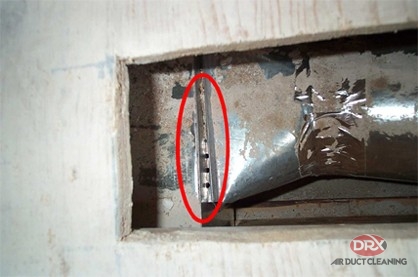

When to Call a Professional
Complex Leak Repairs
If the leaks in your HVAC ducts are extensive or difficult to access, it’s best to call a professional. HVAC technicians have the expertise, tools, and knowledge to handle complex repairs and ensure a proper fix for your leaking ductwork. They can accurately identify all the leaks in your system and provide effective solutions.
Extensive Ductwork Replacement
In cases where the ductwork is severely damaged or corroded, extensive ductwork replacement may be necessary. HVAC professionals can assess the condition of the ducts and recommend appropriate replacements. They have the skills to properly size, install, and seal the new ductwork to ensure optimum performance and minimal leakage.
Professional Cleaning and Sanitization
If mold or mildew is present in the ductwork due to leaks, professional cleaning and sanitization are essential. HVAC technicians can safely remove the mold or mildew growth, clean the ducts thoroughly, and sanitize them to prevent further contamination. Professional cleaning helps improve indoor air quality and ensures a healthier living environment.
System Upgrades or Modifications
If you’re considering system upgrades or modifications, it’s advisable to consult with a professional HVAC technician. Leaking HVAC ducts can sometimes be an indication of underlying systemic issues. A professional can assess your system, recommend appropriate upgrades, and ensure compatibility with your existing infrastructure.
Balancing Airflow
If you’re experiencing uneven airflow or temperature distribution, a professional can assess and balance the airflow in your HVAC system. By adjusting dampers, registers, or modifying the ductwork, they can ensure that your system provides consistent and even airflow throughout your home.
Indoor Air Quality Assessments
If you have concerns about your indoor air quality, such as excessive dust, allergens, or odors, a professional indoor air quality assessment can be beneficial. HVAC technicians can test the air for various pollutants, identify the sources of contamination, and propose solutions to improve your indoor air quality.
Duct Design and Installation
If you’re considering duct design and installation for a new construction or a major renovation, it’s crucial to involve a professional. Proper duct design ensures efficient airflow, minimizes leakage, and maximizes the performance of your HVAC system. HVAC professionals can assess your needs, design the most suitable duct system, and install it correctly.
Emergency Repairs
In the case of sudden and severe duct leaks, such as burst pipes or significant damage caused by accidents, it’s essential to seek immediate professional assistance. Emergency repairs should be performed by HVAC technicians who can handle urgent situations promptly and efficiently.
Negotiating Warranties
If your HVAC system is still under warranty, it’s important to involve a professional when addressing leaks. HVAC technicians can navigate the warranty conditions, ensure repairs or replacements comply with the manufacturer’s guidelines, and provide the necessary documentation to support any warranty claims.
Energy Efficiency Audits
If you’re concerned about the energy efficiency of your HVAC system, professional energy efficiency audits can help identify areas for improvement. Leaking HVAC ducts can significantly impact energy efficiency. HVAC professionals can assess your system, recommend energy-saving measures, and address duct leaks to optimize energy usage.
In conclusion, it’s essential to be aware of the signs of a leaking HVAC duct and take appropriate action to address the issue. Regular maintenance, prompt repairs, and professional assistance when needed can help ensure the optimum performance of your HVAC system, minimize energy waste, and maintain a comfortable and healthy indoor environment. Remember, a well-maintained and leak-free HVAC duct system is key to a comfortable and efficient home.

